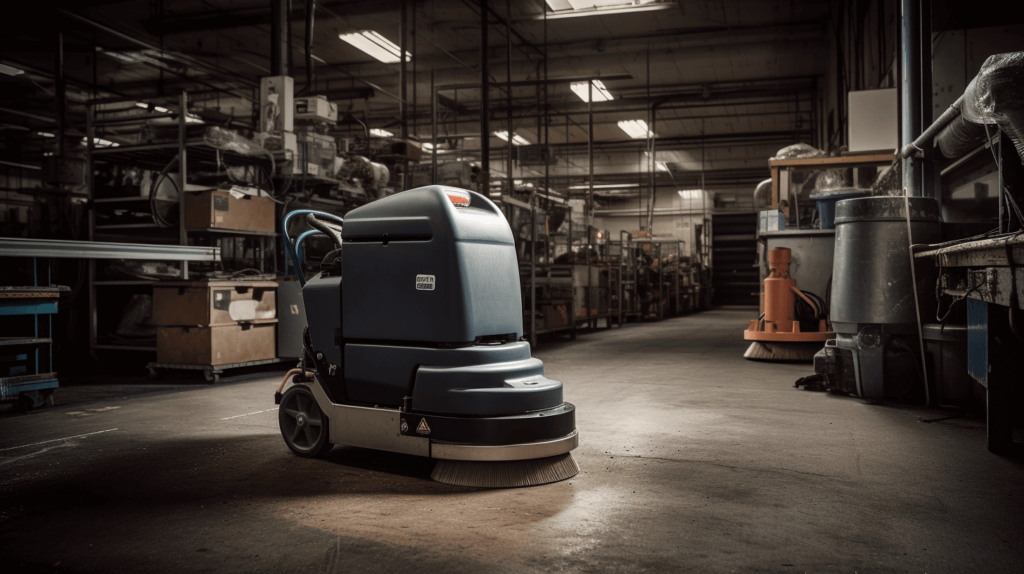Choosing a scrubber wet vacuum motor involves considering various factors to ensure that the motor is efficient, durable, and suitable for the specific cleaning tasks at hand. Here’s a guide to help you navigate through the selection process:
1. Understand the Basics of a Scrubber Wet Vacuum Motor
- Purpose: Scrubber wet vacuums are designed to clean and dry floors, ensuring that they are free from dirt and moisture.
- Motor Function: The motor powers the vacuum, creating suction that picks up dirt and liquid.
2. Determine the Application
- Commercial or Residential: Commercial motors are typically more robust than residential ones.
- Type of Debris: Consider whether you’ll be cleaning up mostly liquids, solids, or a mixture of both.
- Frequency of Use: Daily, weekly, or occasional use will influence the durability required.
3. Evaluate Motor Specifications
- Power: Ensure the power is suitable and efficient for your cleaning needs.
- Voltage: Ensure the motor’s voltage is compatible with your power supply.
- Amperage: Higher amperage can indicate a more powerful motor.
- Airflow (CFM): Higher CFM indicates greater airflow, which is crucial for effective suction.
- Vacuum Pressure: Measured in inches of mercury (inHg), Pascal (Pa), or millibar (mbar), this indicates the amount of suction the vacuum can generate. Higher vacuum pressure is essential for lifting heavier debris and deep cleaning.
4. Consider the Design and Build
- Material: Opt for corrosion-resistant materials like stainless steel or polyethylene.
- Size and Weight: Ensure the motor size is compatible with the vacuum unit and is manageable for users.
- Sealed Motor: Ensure the motor is well-sealed to prevent damage from moisture.
5. Check for Additional Features
- Thermal Overload Protection: Protects the motor from overheating.
- Noise Level: Consider a motor with a lower decibel rating for quieter operation.
6. Review Maintenance and Durability
- Ease of Maintenance: Choose a motor that is easy to service and has readily available replacement parts.
- Warranty: Ensure a reasonable warranty period and understand its terms.
7. Safety Compliance
- Ensure the motor complies with safety standards and certifications relevant to your region (e.g., CE).
- Ensure it has safety features like leak protection and auto shut-off in case of overflow.
8. Environmental Considerations
- Energy Efficiency: Opt for motors that consume less energy without compromising performance.
- Eco-friendly: Consider brands that adhere to environmental standards and practices.
9. Budget
- Cost-Effective: Ensure the motor offers good value for its price and isn’t overly expensive for the features provided.
- Long-Term Value: Consider the motor’s lifespan and maintenance costs.
10. Obtain a Sample for Testing Before Bulk Ordering
- Before placing a large order, it is prudent to obtain a sample motor to conduct performance testing. Ensure that the motor meets all the specified requirements and performs optimally in real-world cleaning scenarios.
- Testing should evaluate all key specifications, such as power, vacuum pressure, and water lift, under conditions that mimic actual use.
- Verify the ease of installation, compatibility with your scrubber model, and assess the motor’s durability and reliability during the testing phase.
Conclusion
Choosing the right scrubber wet vacuum motor involves a balance of power, durability, safety, and cost-effectiveness. By carefully evaluating the above aspects, you can select a motor that effectively meets your cleaning needs.


